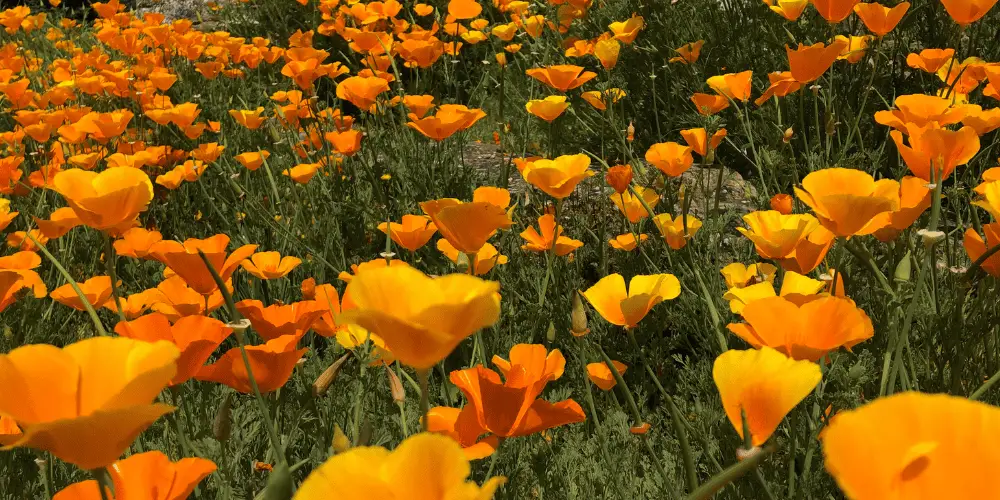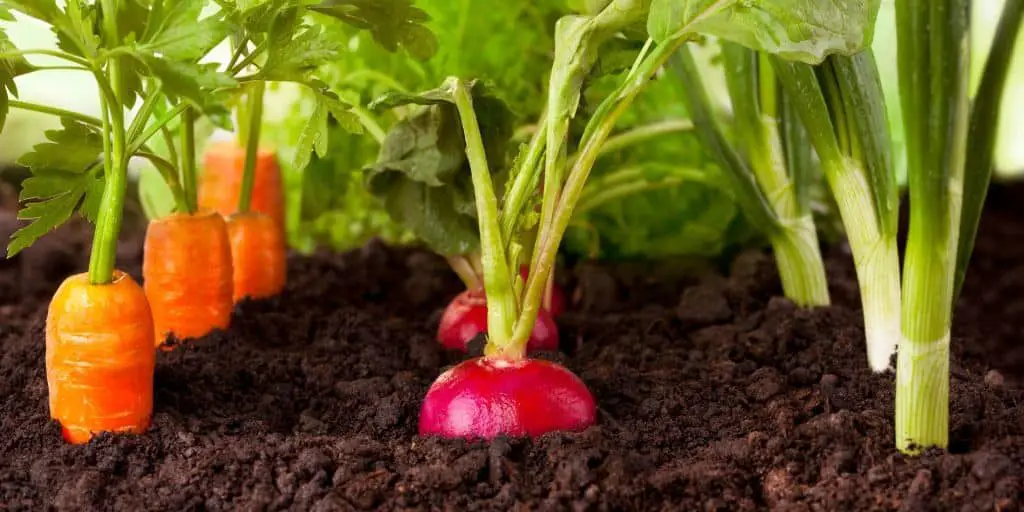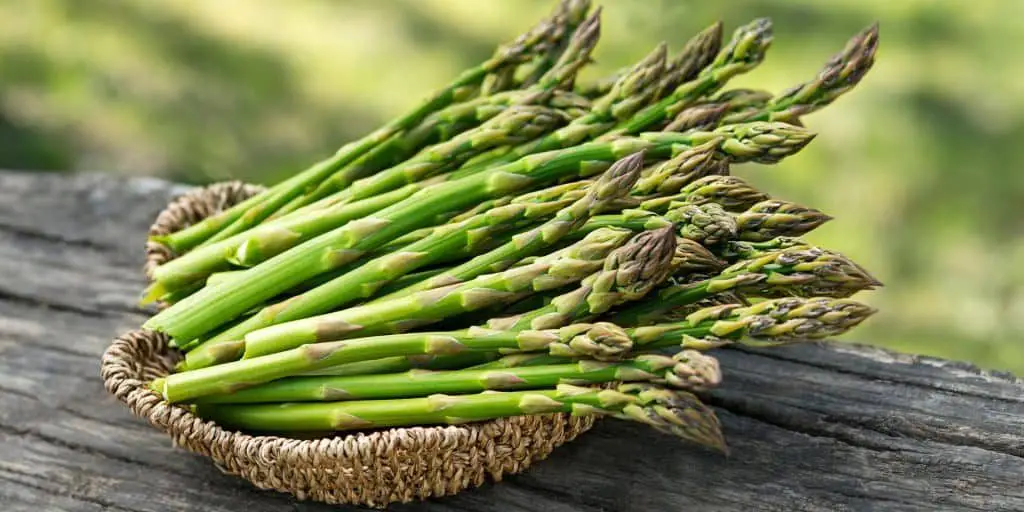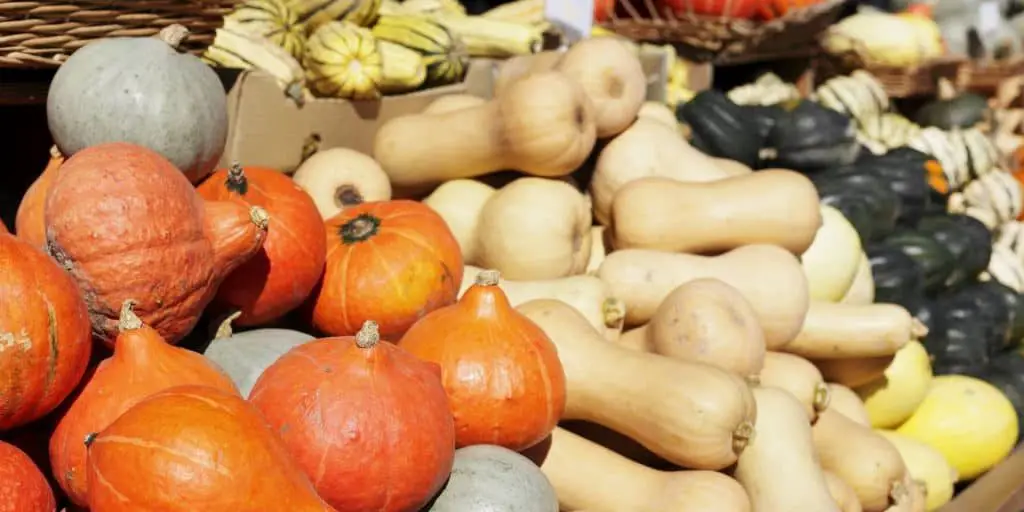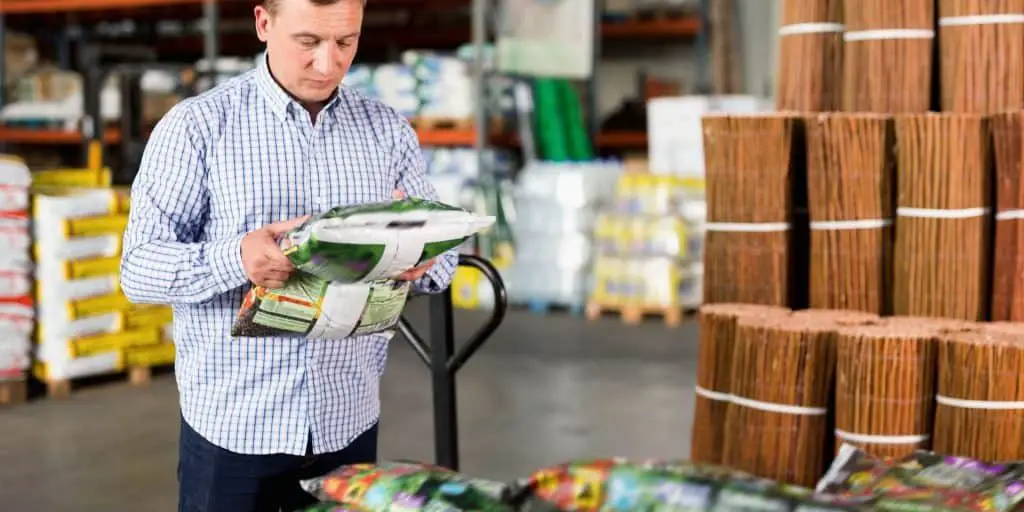
How to Read a Fertilizer Bag
When you buy fertilizer for your garden, your lawn, your trees and shrubs, or your houseplants, understanding the “fine print” on the package can be a little confusing. What do those letters and numbers mean? What does guaranteed analysis guarantee? Is 20-20-20 better than 10-10-10? Let’s look at a fertilizer label and decode the information so we can better understand how to read a fertilizer bag.
Did you know the fertilizer label is a legal document and required by law? Fertilizer manufacturers are required to let the public know what’s in their products and how to use them safely and effectively. Think of it as a nutritional label; just as you would read labels before feeding yourself and your family, you should read labels before feeding your garden.
Of course, before you buy a fertilizer it’s smart to have a soil test conducted. There’s no point to adding nutrients to your garden if the soil already has them!
On a fertilizer package, you will find a lot of the following information. Here’s what it all means.
How to Read a Fertilizer Bag
Brand Name
Whether it’s Miracle Gro, Scott’s Turf Builder, Neptune’s Garden, or Osmocote, the brand name is simply the name of the fertilizer. It’s sometimes different from the manufacturer’s name. For example, Miracle Gro and Osmocote are both made by Scott’s.
Grade
This is the part of the fertilizer label that gives people the most angst. But it doesn’t have to!
Under the brand name, you will find 3 numbers, separated by dashes. This is the grade and indicates the percentage of Nitrogen (N), Phosphorus (P), and Potassium (K) in that order, and they are always in that order. Sometimes there is a 4th number, sulfur (S).
These three chemicals are the nutrients most needed by plants to thrive. Plants actually need 16 elements for optimum growth, in both macro and micro amounts, but N, P, and K are the Big Three.
Plants need nitrogen for vegetative growth – shoots, leaves and stems. It’s the element that will “green up” your lawn.
Phosphorus has been promoted for root growth but many lawns and gardens have plenty of this element in the soil. Additional phosphorus will almost always make its way into waterways, so be sure to do a soil test before adding a phosphorus fertilizer.
Potassium helps plants use water and resist drought, and helps make flowers and vegetables bigger and better.
Guaranteed Analysis
Guaranteed Analysis informs you of the ingredients in the product and how much of it there is in the package. This is expressed as a percentage; not weight. For example: in a 50-pound bag of fertilizer with a grade of 10-5-15, you might think it contains 10 pounds of nitrogen. But 10% of that 50-pound bag is 5 – there are 5 pounds of nitrogen in the bag.
We need to know this because a soil test may recommend that you add 5 pounds of nitrogen per 1000 square feet to your lawn. If your lawn is 2000 square feet, you would need 2 bags of the fertilizer mentioned above.
The percentages won’t add up to 100% because fertilizer products also contain inert ingredients. These ingredients are helpful in getting uniform coverage. Or it could contain a pesticide (like when you buy a lawn fertilizer that also has grub control).
“Derived From” Statement
This tells you what is used to make the fertilizer. It might be urea, bonemeal, seaweed, synthetic chemical formulations, manure… whatever the fertilizer company used to make the fertilizer must be revealed here. Think of it as an ingredients list, as on a food label.
Directions for Use
This is the most important part of the label when learning how to read a fertilizer bag – it tells you how to use the product properly. Proper use prevents wasting time and money; and protects you, the environment, and your plants. Many lawns have been killed from “fertilizer burn” which happens when too much fertilizer is applied. So follow the directions exactly!
Supplier or Manufacturer
This tells you who made the product – it can be different from the brand name. It’s important to know this if you ever need to contact the manufacturer.
Weight
The weight of the package is important information because without knowing the total weight, you will not be able to determine how many pounds nitrogen, phosphorus, or potassium you are applying. Remember, the amounts of N-P-K are expressed in percentages.
Slow Release and Other Enhancements
If the fertilizer is enhanced in any way – it might be slow release, or pelleted; altered so that the product stays where you want it – it will say so on the label. This is relatively new technology and helps prevent fertilizers from polluting the environment.
Metal Disclosure
In the state of California, fertilizer companies are required by law to let consumers know if the product contains heavy metals. The label will often refer you to a website or provide a phone number where you can find more information.
Size Grade Number
This number is used with dry fertilizers. It lets you know how big the particles are. This helps you determine your application rate, especially when using drop and broadcast spreaders.
Batch Number
The batch number indicates when and where a fertilizer was made. This is helpful if there’s a large spill, a poisoning or other catastrophe. Formulations can change, and in an emergency knowing the batch number will aid in pinpointing the product.
EPA Registration Number
If the fertilizer has a pesticide in it, it will have an EPA number. This number is used for tracking the product.
Personal Protection Equipment
Some fertilizer products can be hazardous to your health during application and possibly afterwards. This section of the label tells you what you need to wear to protect yourself. The label may tell you to wear long sleeves, long pants, shoes and socks, gloves, or a dust mask. Be smart, and follow the directions.
First Aid
If a fertilizer product is accidentally ingested, or inhaled, or you get it on your skin or in your eyes, there are often instructions on the label that tell you what to do. If you need to go to the emergency room, take the package with you.
Disposal
Unwanted fertilizers should be disposed of properly. The best way to dispose of a product is to use it up, but sometimes that isn’t possible. Fertilizers can pollute waterways and cause other environmental harm, so please follow the directions for disposal properly. Some communities have hazardous household waste programs that take fertilizers.
We hope you found this guide on how to read a fertilizer bag helpful!

